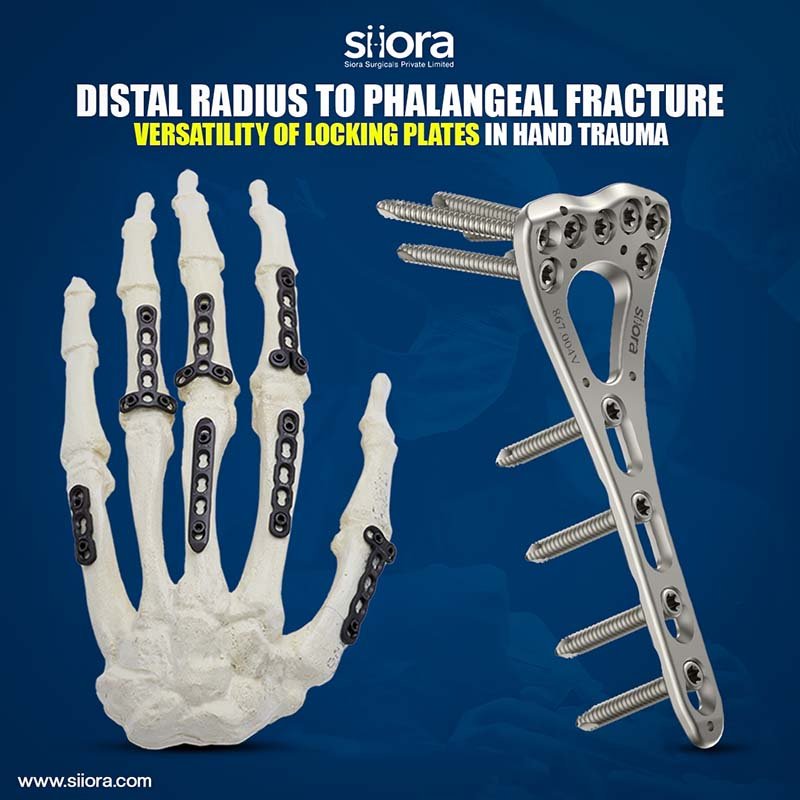Osteoarthritis is one of the common age-related orthopedic conditions that affects people above 50 years of age more often. It is a condition that affects the joints and hence, any of them can suffer. Osteoarthritis is characterized by damage to the cartilages present between the joints. Cartilages act as rubbery cushions that protect joints from damage due to impacts. With age, these cartilages wear down and as time passes, the condition starts to become worse. Some cases become so severe that only joint replacement surgery can fix the issue.
For world-class quality orthopedic devices, including artificial joints, find reliable Orthopedic Products Manufacturers.
What is Osteoarthritis?
Osteoarthritis is a common joint disorder that occurs when the protective cartilage cushioning the ends of bones wears down over time. This leads to pain, stiffness, swelling, and reduced joint flexibility, especially in weight-bearing joints like the knees, hips, and spine. It typically develops with age but can also result from joint injuries or repeated stress. As the condition progresses, bones may rub directly against each other, causing increased discomfort and limited movement. Although there is no cure, treatments such as physical therapy, medications, lifestyle changes, and in severe cases, surgery, can help manage symptoms and improve joint function.
Osteoarthritis can be of different types depending upon the location. Here, we will discuss tricompartmental osteoarthritis that affects the knee joint. Below are more details about the condition.
What is Tricompartmental Osteoarthritis?
Tricompartmental osteoarthritis is a form of arthritis that damages the cartilages present in our knee joint. The reason why it is known as tricompartmental is that it affects all the three parts that form the knee joint. The three compartments get affected by osteoarthritis are as follows:
- The medial femoral-tibial compartment
- The patellofemoral compartment
- The lateral femoral-tibial compartment
This condition is often considered severe and hence, timely diagnosis and treatment are required to avoid serious complications. As the condition progresses, the range of motion of the knee joint starts to become limited.
Due to the wearing of cartilages in the knee, the bones rub against each other while causing pain and inflammation.
What Are the Symptoms of Tricompartmental Osteoarthritis?
Pain in the affected joint along with swelling and stiffness is commonly experienced in people with osteoarthritis. Thus, in the case of tricompartmental osteoarthritis, these symptoms will appear in the knee joint. If not diagnosed or taken care of timely, they will become worse.
Affected people are also not able to make the full range of motion of the knee joint and with time, the movement of the joint keeps becoming limited.
Tricompartmental osteoarthritis also makes it difficult to climb stairs, walk, or bend and straighten your knee. These activities may cause pain and make the condition worse. In some cases, grinding, popping, or cracking sensations are also experienced in the knees while walking or being engaged in activities that involve the knee joint.
What Are the Causes of Tricompartmental Osteoarthritis?
The major cause of tricompartmental osteoarthritis is aging as age-related wear & tear in cartilages is common, and that’s what results in osteoarthritis. Besides this, certain occupational activities or physically demanding jobs that require overuse of the knee joint for long period also cause tricompartmental osteoarthritis.
Certain lifestyle factors like smoking and drinking also make the person prone to developing osteoarthritis in their knees.
Above all, people with a family history of osteoarthritis are also prone to developing this issue. Plus, obesity is among the causes of tricompartmental osteoarthritis as well.
Who’s at risk for tricompartmental osteoarthritis?
Here are some of the risk factors for tricompartmental osteoarthritis:
Older Adults: Age-related wear and tear increase the risk.
Obese Individuals: Excess weight puts added stress on all three knee compartments.
Athletes or Workers with Repetitive Knee Stress: Overuse can accelerate joint degeneration.
People with Knee Injuries: Prior trauma like meniscus tears or ligament injuries raises the risk.
Individuals with Poor Knee Alignment: Malalignment can lead to uneven joint pressure and cartilage wear.
Family History: Genetics may predispose individuals to osteoarthritis.
Females: Women, especially postmenopausal, are more prone due to hormonal changes and joint structure.
How is Tricompartmental Osteoarthritis Diagnosed?
Diagnosis of tricompartmental osteoarthritis is made with the physical examination, where the healthcare service provider will notice visible signs like swelling & stiffness along with painful locations & movements. The patient will also be asked about the symptoms experienced and the medical history.
An X-ray will be ordered to identify the severity of the condition and its location. In certain cases, an MRI scan will also be done. Pathological tests may also be performed to eliminate the chances of other conditions.
What are the treatment options for tricompartmental osteoarthritis?
The severity of the condition will decide feasible treatment procedures. In mild to moderate cases, the healthcare service provider suggests targeted physical therapy to strengthen the joint and improve the range of motion. Medicines to improve pain and inflammation are also prescribed.
If obesity is found to be one of the causes, healthy weight management will be on the list of treatments. In some cases, a brace or a splint is also applied for the immobilization of the joint.
In most severe case where extreme pain and very reduced joint mobility is there, joint replacement surgery will be recommended.
To get international standard quality artificial joints and other orthopedic devices, contact Siora Surgicals Pvt. Ltd., an Indian-FDA-approved trauma implants manufacturer. Operating for over 30 years, the company is also a renowned exporter of orthopedic devices. Siora is also working to become one of the trustworthy Orthopedic Equipment Suppliers in Greece to stretch its international market presence.







